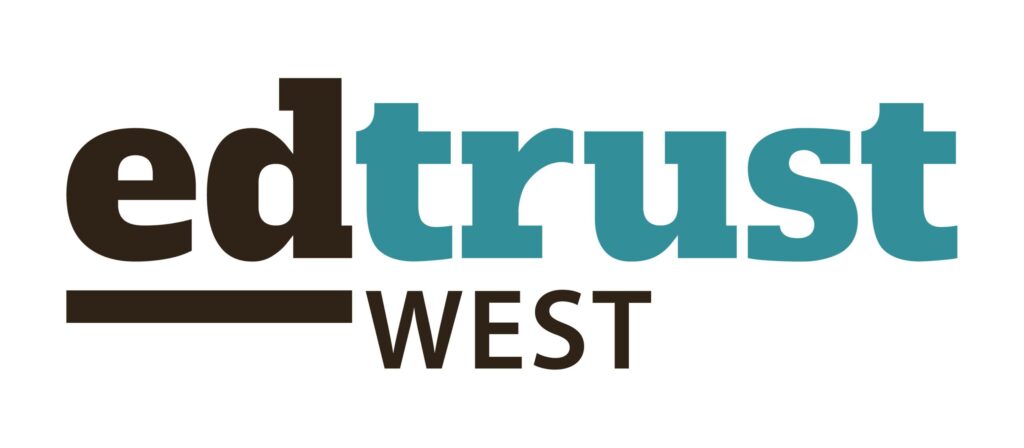In July 2013, California dramatically reformed the way it funds school districts. The new finance system, called Local Control Funding Formula (LCFF), provides districts with increased base funding and additional supplemental and concentration grants targeted to support the needs of low-income students, English learners, and foster youth. LCFF will only improve educational outcomes for California’s most underserved learners if the law is implemented equitably. We must ensure that supplemental and concentration funds reach the schools and classrooms serving the 3.7 million California students who are low income, learning English, or in foster care. We must also ensure that this funding is invested in effective strategies to close opportunity and achievement gaps.
In the first years of LCFF implementation, parent and student groups, educators, community-based organizations, and other stakeholders will be critical to local implementation of the law, starting with the development of the Local Control and Accountability Plan (LCAP). This year, we will be working with partners throughout the state to make sure the promise of LCFF becomes a reality at the local level. At the state level, we will work with the Legislature and the State Board of Education to ensure that the final regulations for LCFF truly balance local flexibility with equity.
In order to ensure that California’s students have equitable access to school funding, we recommend that state leaders:
1. At the state level, report base revenues separate from supplemental and concentration grants.
Unfortunately, the public does not yet have the full fiscal transparency necessary to see how LCFF funding flows from the state to districts. The state should appropriate LCFF funding as multiple line items, with supplemental and concentration grants, at minimum, coded and reported separately from other funds such as base grants and grade-level add-ons. This will offer the public full transparency into how much LCFF funding each district is generating and for what purposes. To support this, the California Department of Education should make the necessary changes to school accounting codes. These codes will also help districts track and report LCFF expenditures for high-need students.
2. Make school expenditures and plans transparent to the public.
Because LCFF funds are taxpayer dollars, the public has the right to know how they are appropriated and spent at each school site. Although districts are only required to report LCFF spending districtwide, district leaders should go further by reporting total LCFF funding by school, along with details on school-level services and programs supported by supplemental and concentration grants. To ensure that data are reported accurately and fairly, districts should account for actual teacher salaries rather than issuing reports that assume each teacher earns the average district salary.
3. Centralize and share LCAPs and budgets at the state level.
The California Department of Education is statutorily required to post links to all LCAPs on its website. We recommend that, along with these plans, the Department post links to accompanying budgets. We support the State Board of Education’s plan to develop future iterations of the LCAP template as a standardized electronic form, and we encourage them to do this swiftly and to also make these data accessible through a searchable online database.
4. Assess parent and community involvement in the LCAP and budget processes and disseminate best practices.
California should monitor and assess the effectiveness of legally required parent and community engagement during the early years of LCFF implementation. As part of this, the state should fund and conduct a comprehensive study of parent and community involvement in the LCAP and budget planning processes in a sample of districts and counties across the state to identify best practices and areas for improvement. Based on the results, the Legislature and State Board of Education should refine guidelines and regulations for meaningful parent and community involvement.
5. Hold districts accountable for spending dollars effectively and equitably.
LCFF will be a success if and when student achievement and other related outcomes improve. In 2014, state leaders must develop the elements of the law’s accountability, support, and intervention mechanisms. By October 2015, the State Board of Education must adopt evaluation rubrics that: 1) allow districts to self-assess their strengths and weaknesses, 2) allow County Offices of Education to determine whether districts have met their targets or instead need support, and 3) allow the State Superintendent of Instruction to determine if a district is persistently failing and needs intervention. We recommend that these rubrics, especially the intervention rubric, include strong standards for performance and prioritize academic achievement and progress for all student subgroups. In the cases where districts are assigned support through the California Collaborative for Education Excellence, a newly formed entity created by the LCFF law, state priority areas related to academic achievement should be prioritized.

